The Collins class of six Australian-built diesel-electric submarines is operated by the Royal Australian Navy (RAN). The Collins class takes its name from Australian Vice Admiral John Augustine Collins; all six submarines are named after significant RAN personnel who distinguished themselves in action during World War II. The boats were the first submarines to be constructed in Australia, prompting widespread improvements in Australian industry and delivering a sovereign (Australian controlled) sustainment/maintenance capability.
Planning for a new design to replace the RAN’s Oberon-class submarines began in the late 1970s and early 1980s. Proposals were received from seven companies; two were selected for a funded study to determine the winning design, which was announced in mid-1987. The submarines, enlarged versions of Swedish shipbuilder Kockums’ Västergötland class and originally referred to as the Type 471, were constructed between 1990 and 2003 in South Australia by the Australian Submarine Corporation (ASC).
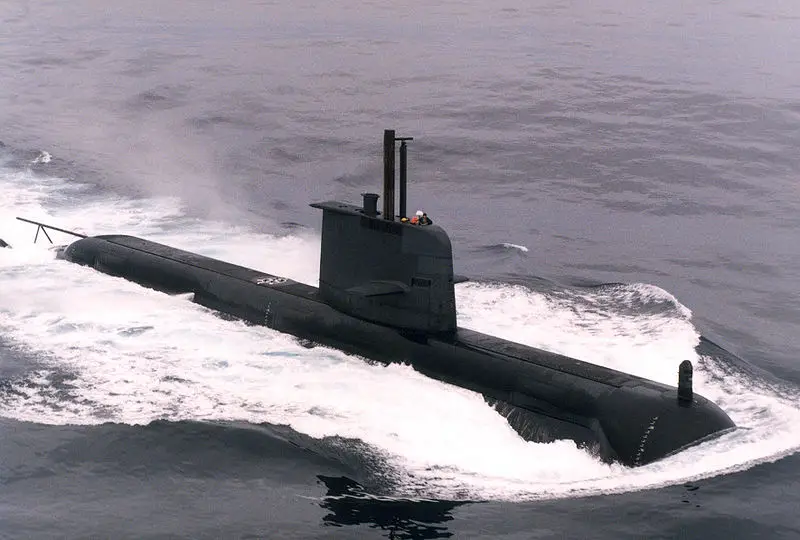
At 77.8 metres (255 ft) in length, with a beam of 7.8 metres (26 ft) and a waterline depth of 7 metres (23 ft), the six boats were the largest conventionally powered submarines in the world at the time of their commissioning. The submarines are single-hulled, and have two continuous decks.Each boat displaces 3,100 tonnes (3,100 long tons) when surfaced, and 3,407 tonnes (3,353 long tons) when submerged. The depth that the submarines can dive to is classified: most sources claim that the diving depth is in excess of 180 metres (590 ft), although some give the maximum depth as over 300 metres (980 ft).
The hull is constructed from a high-tensile micro-alloy steel, developed by Swedish steel manufacturer SSAB, and improved by BHP of Australia, which was lighter and easier to weld than the HY-80 or HY-100 nickel-alloy steel used in contemporary submarine construction projects, while providing better results in explosion bulge testing.[139] The submarines are covered in a skin of anechoic tiles to minimise detection by sonar: Collins was retrofitted with the tiles after the standard sonar signature of the submarine had been established, while the other five boats were covered during construction. .
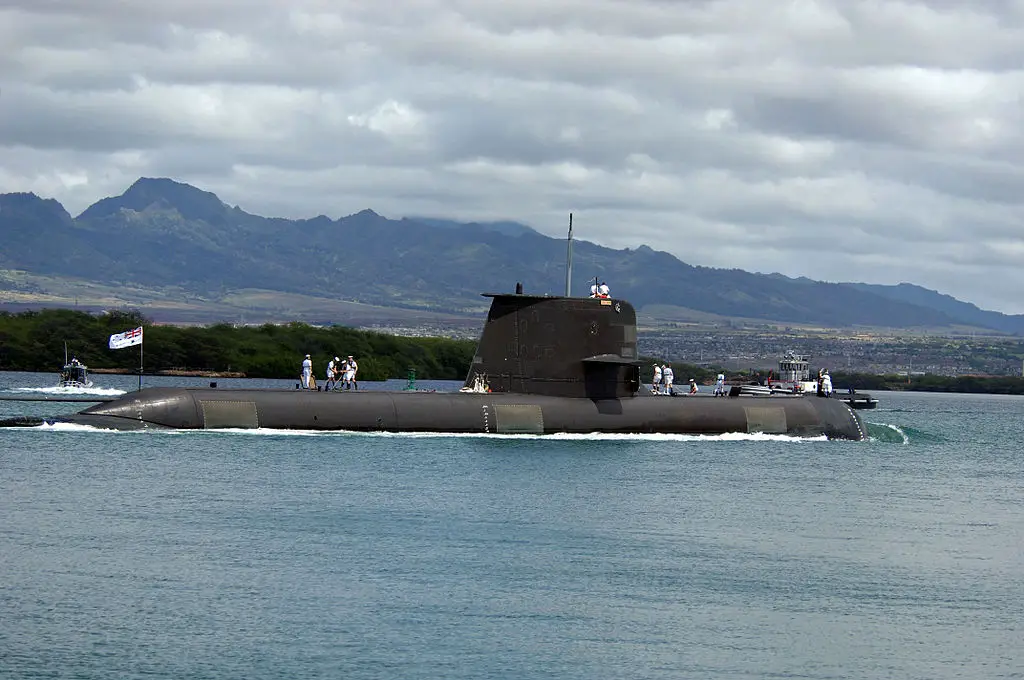
The Collins class submarines are armed with six 21-inch (530 mm) torpedo tubes, and carry a standard payload of 22 torpedoes. Originally, the payload was a mixture of Gould Mark 48 Mod 4 torpedoes and UGM-84C Sub-Harpoon anti-ship missiles; previously carried by the Oberon-class boats. In 2006, the Mark 48 torpedoes were upgraded to the Mod 7 Common Broadband Advanced Sonar System (CBASS) version, which was jointly developed with the United States Navy. Waller was the first vessel of either navy to fire an armed Mod 7, sinking the decommissioned Spruance-class destroyer USS Fletcher on 16 July 2008, during RIMPAC 08. Some or all of the torpedo payload can be replaced with up to 44 Stonefish Mark III mines.
The main sonar array is a Thomson Sintra Scylla active/passive bow sonar, linked to a passive intercept and ranging array distributed along the flanks of the submarine; three panels on each side. When surfaced or at periscope depth, the Collins-class boats can use a Kelvin Hughes Type 1007 surface search radar, which is situated in a retractable mast on the fin. Each submarine is fitted with a CK043 search periscope and CH093 attack periscope. The periscopes were manufactured by Pilkington Optronics (now Thales Optronics), and experienced several problems early in the submarines’ service lives.
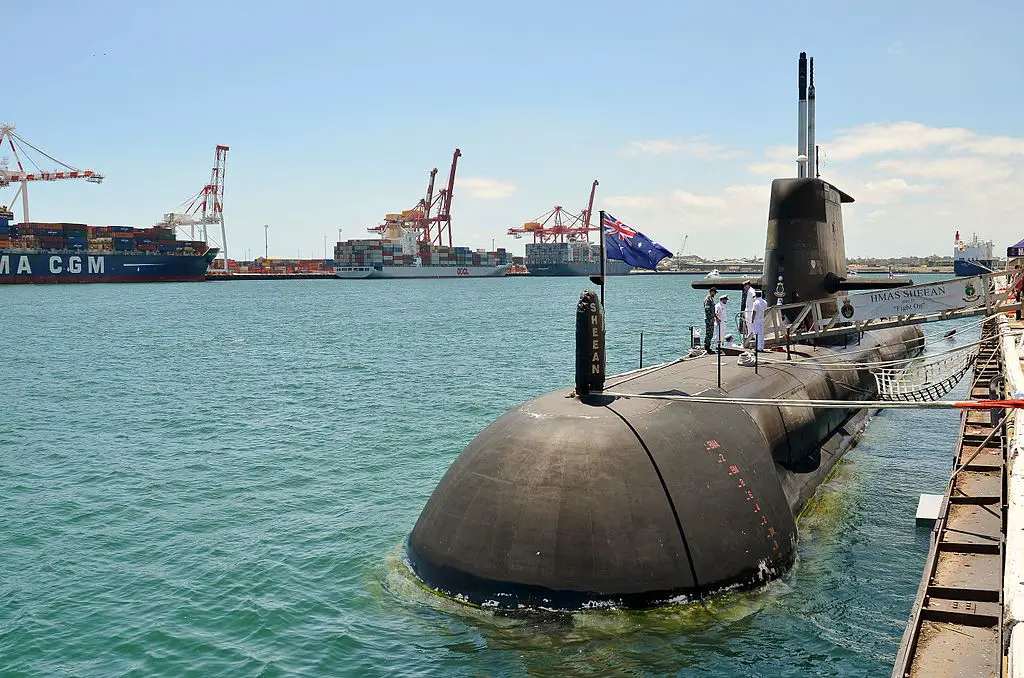
The submarines have been the subject of many incidents and technical problems since the design phase, including accusations of foul play and bias during the design selection, improper handling of design changes during construction, major capability deficiencies in the first submarines, and ongoing technical problems throughout the early life of the class. These problems have been compounded by the inability of the RAN to retain sufficient personnel to operate the submarines—by 2008, only three could be manned, and between 2009 and 2012, on average two or fewer were fully operational. The resulting negative press has led to a poor public perception of the Collins class. After 20 years of service issues, the boats have finally provided high availability to the RAN since 2016.
The Collins class was expected to be retired about 2026, however, the 2016 Defence White Paper extended this into the 2030s. The Collins class life will now be extended and will receive an unplanned capability upgrade, including but not limited to: sonar and communications.The Collins class will be replaced by the Future Submarine Program (SEA 1000) that is scheduled, according to the 2016 Defence White Paper, to begin entering service in the early 2030s with construction extending to 2050. The Future Submarine Program will be based on the Shortfin Barracuda, a nuclear attack submarine designed by French company DCNS; twelve submarines will be acquired, all built in Australia.
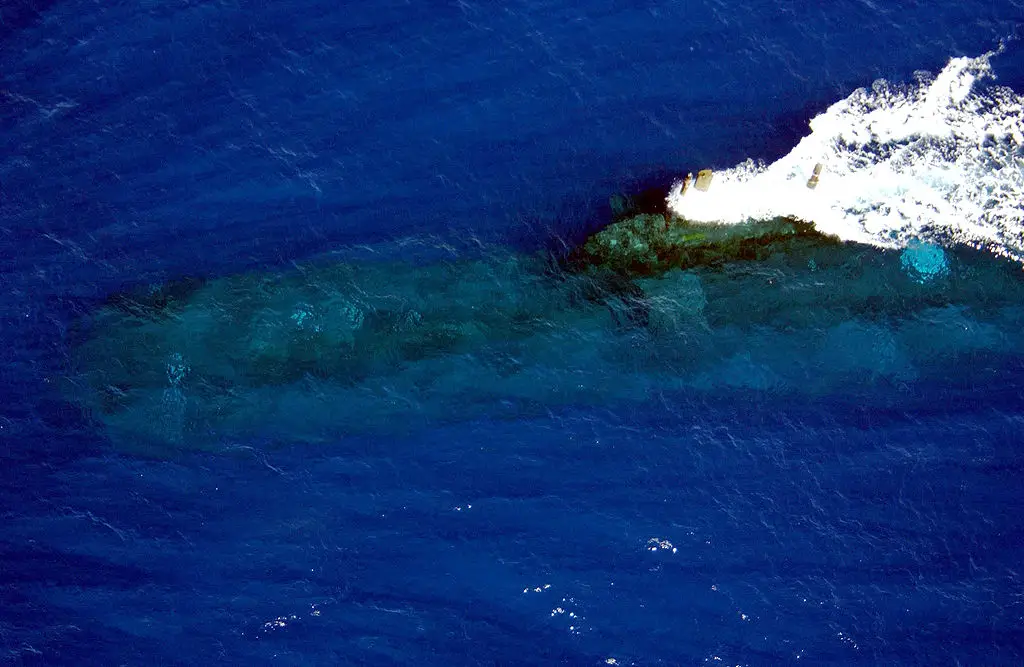
Royal Australian Navy Collins-class submarine
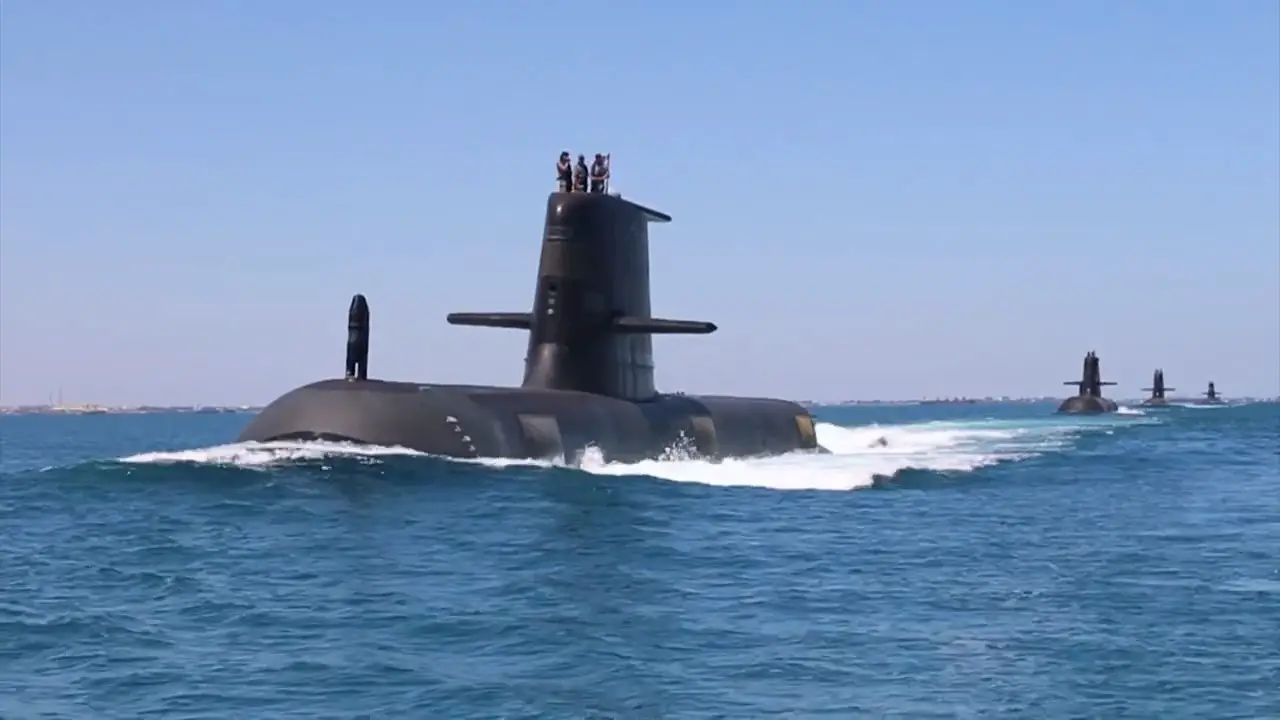
Royal Australian Navy Collins-class submarine
